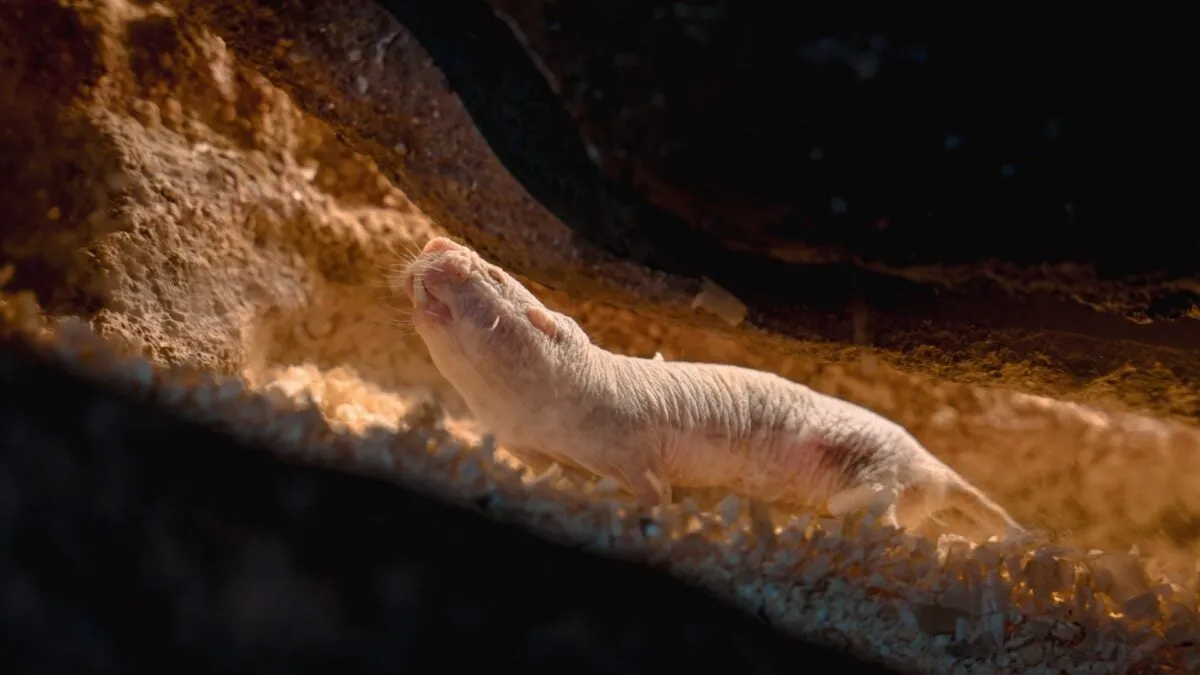
In many households, chores are often divided among family members, with each person taking on specific responsibilities, such as washing the dishes while someone else handles the trash. Interestingly, this division of labor mirrors the social behaviors of naked mole-rats, as revealed by a groundbreaking study published in the journal Science Advances. The research highlights how these remarkable creatures partake in task allocation within their colonies, performing duties like digging tunnels, transporting waste, and maintaining cleanliness in designated areas.
The study showcases that individual naked mole-rats play specific roles that contribute to the overall efficiency of their colonies. The researchers noted, “Overall, our findings reveal the distinct roles of breeders and the remarkable behavioral diversity among nonbreeders, underscoring the complexity of naked mole-rat social organization.” This insight emphasizes the intricate social structures that govern their daily lives.
Naked mole-rats (scientific name: Heterocephalus glaber) are unique, nearly hairless rodents that live underground, forming extensive colonies that can consist of hundreds of individuals. These colonies are characterized by their eusocial nature, the highest level of social organization observed in animals. In eusocial systems, a single female and a select few males are responsible for reproduction, while the remaining colony members perform essential tasks to support the group. This social structure is reminiscent of bee colonies, another classic example of eusocial behavior.
Remarkably, naked mole-rats are among only two mammal species known to exhibit such a complex social system. Although it has been established that they perform various tasks, researchers have long debated whether individuals maintain fixed roles or exhibit flexibility in their responsibilities. This question has been challenging to answer due to the difficulties associated with monitoring the behavior of an underground colony over extended periods.
To shed light on this fascinating social dynamic, Masanori Yamakawa from Kumamoto University in Japan and his research team developed an innovative automated radio-frequency identification (RFID) tracking system. Over the course of 30 days, they monitored 102 naked mole-rats across five captive colonies. Each colony was organized into specific functional areas, including a nest, a garbage area, and a toilet chamber.
The researchers implanted microchips in the mole-rats and set up detectors throughout the colony boxes. This enabled them to track the movements of the rats and analyze their interactions with one another. The study revealed that while breeding individuals tended to stay together, non-breeding rats could be grouped into six distinct "clusters" based on their behavior patterns.
By observing the time spent in different chambers, researchers inferred that these clusters were responsible for specific tasks. For instance, individuals in cluster 1 demonstrated high mobility and frequent occupancy of the garbage chamber, indicating their role as “garbage collectors.” Conversely, cluster 5 members spent considerable time in the toilet chambers, suggesting they were tasked with latrine maintenance.
Interestingly, the study found that factors such as body weight and age influenced an individual's cluster assignment, indicating that the roles of naked mole-rats might evolve as they mature. Despite this potential for change, a staggering 95% of the individuals adhered to their assigned roles throughout the entire 30-day observation period, highlighting the stability of task allocation within the colony.
This comprehensive study provides valuable insights into the intricate social structure and division of labor in naked mole-rats. Future research could expand upon these findings by experimenting with various environmental factors to observe potential behavioral shifts or employing additional observational techniques to further explore the dynamics of this cooperative society. As the researchers noted, such studies could help “uncover underlying mechanisms driving cooperative society.”